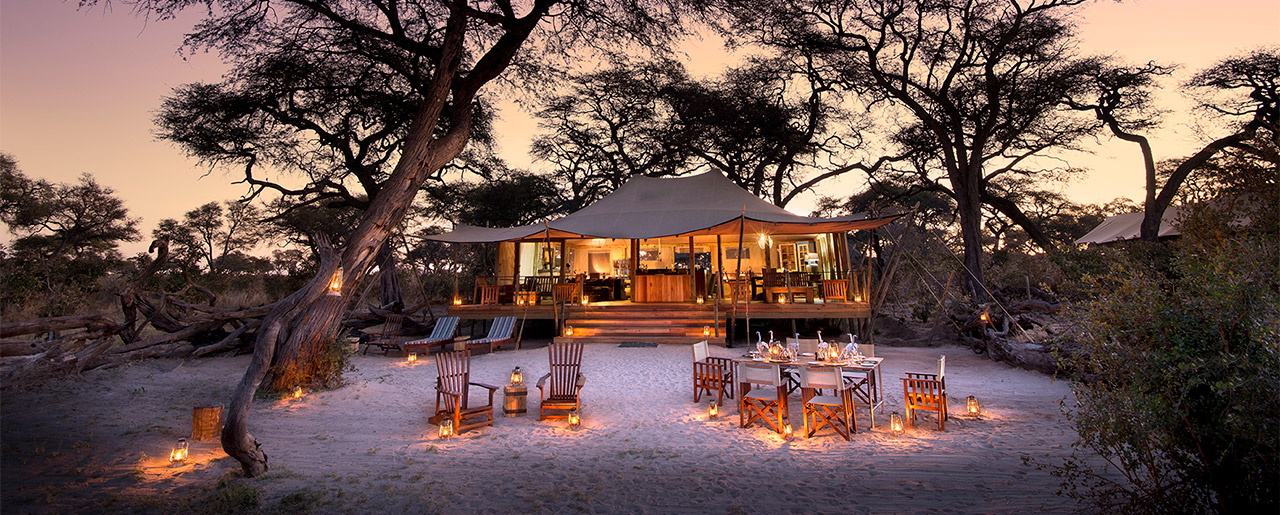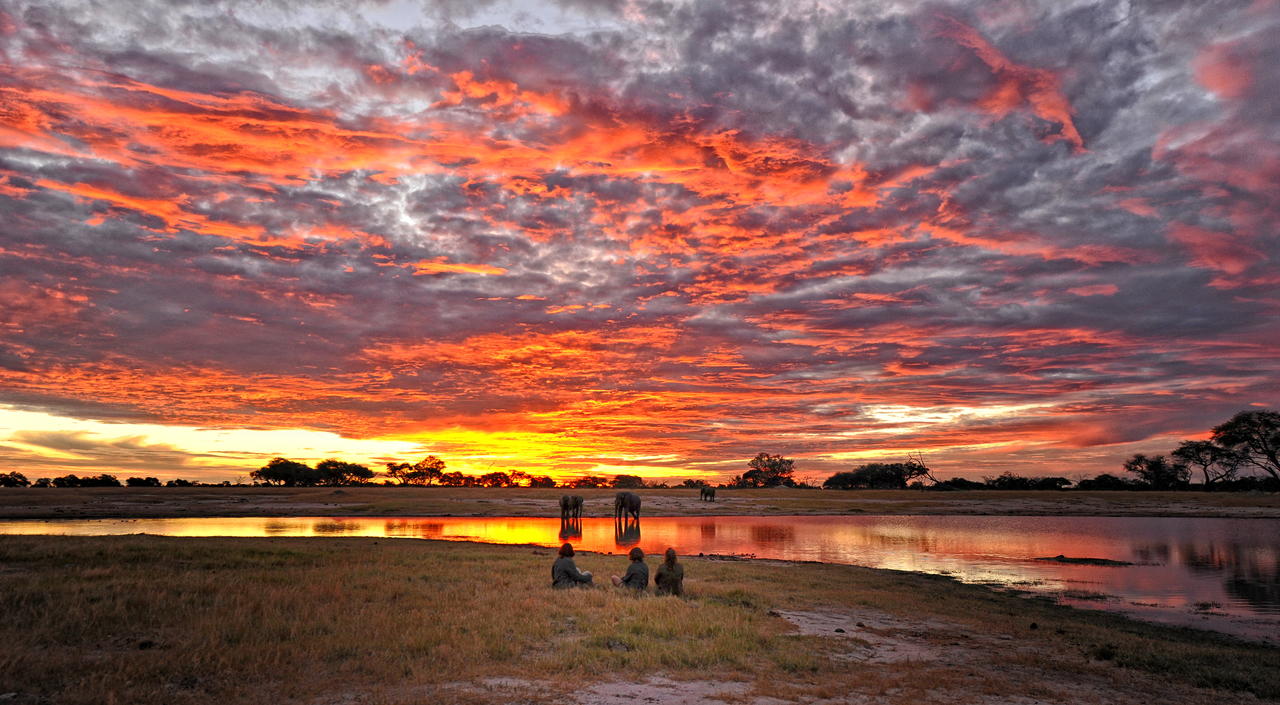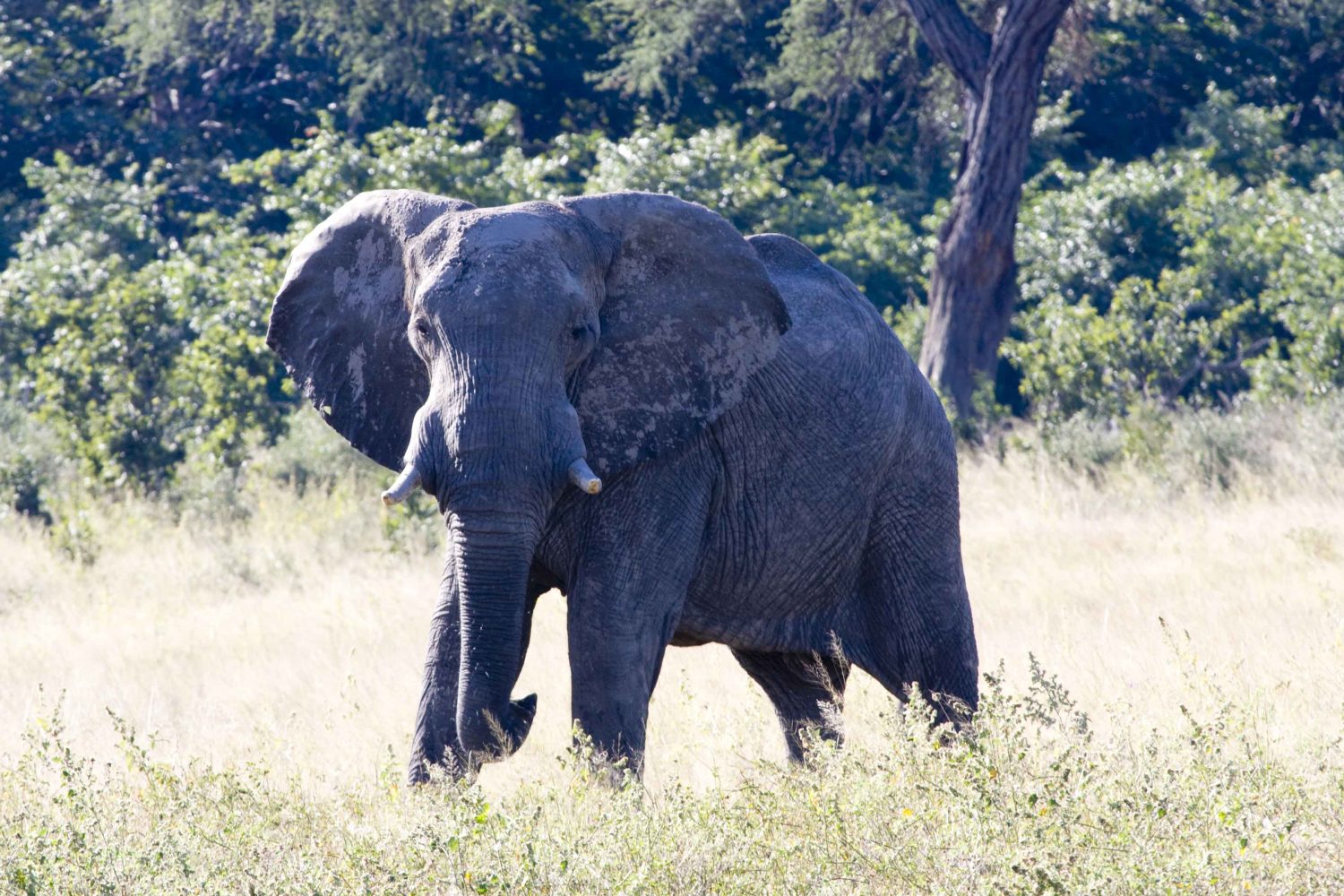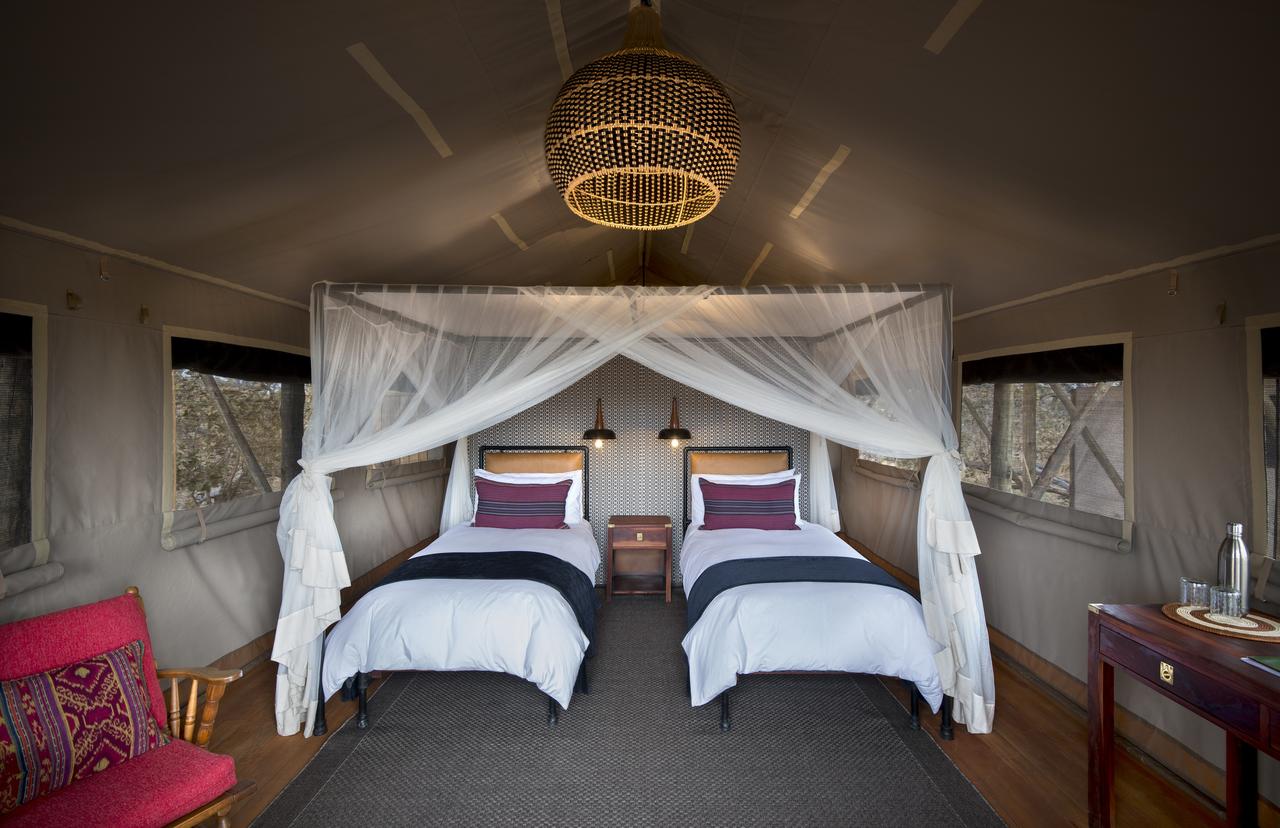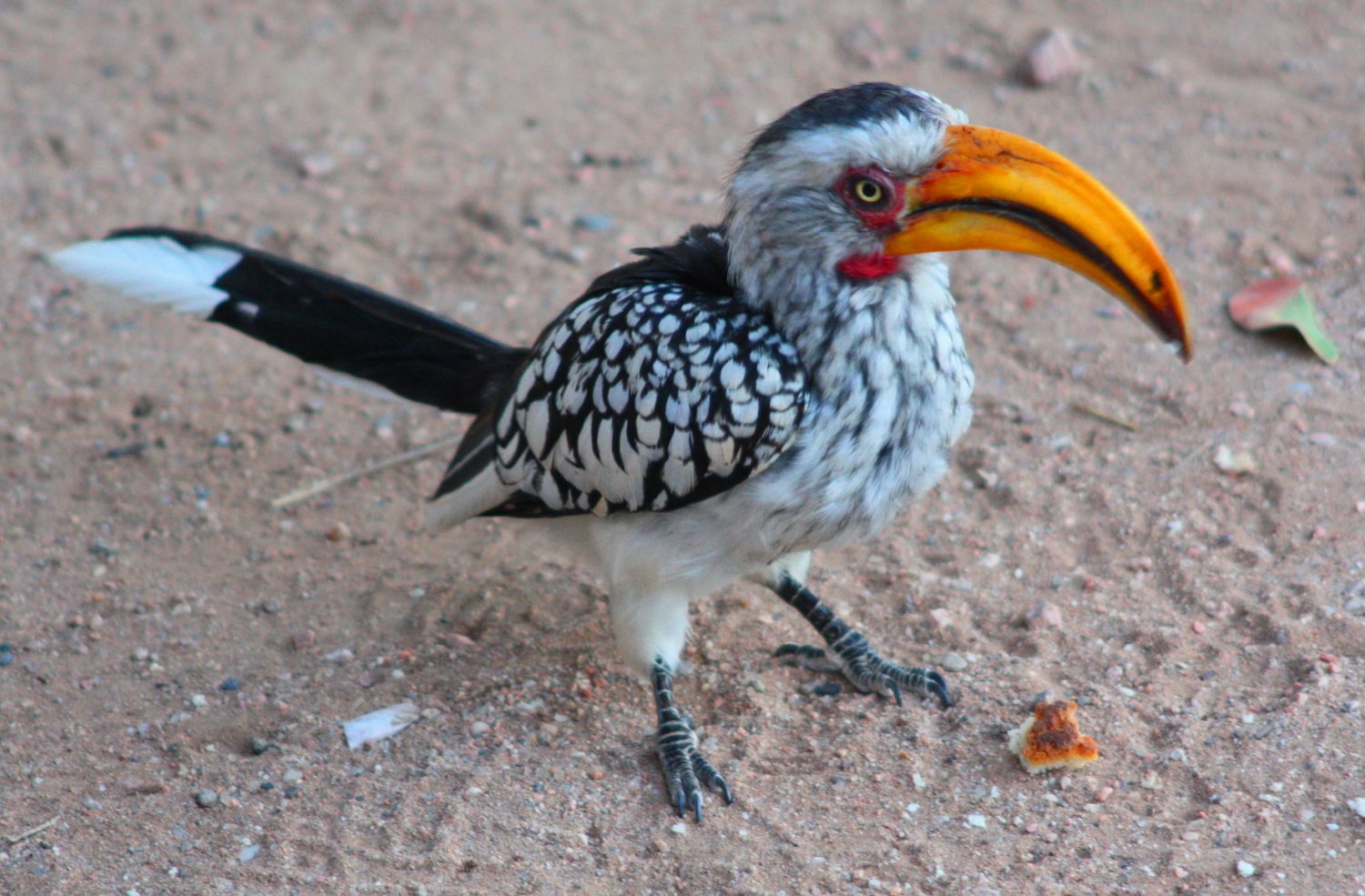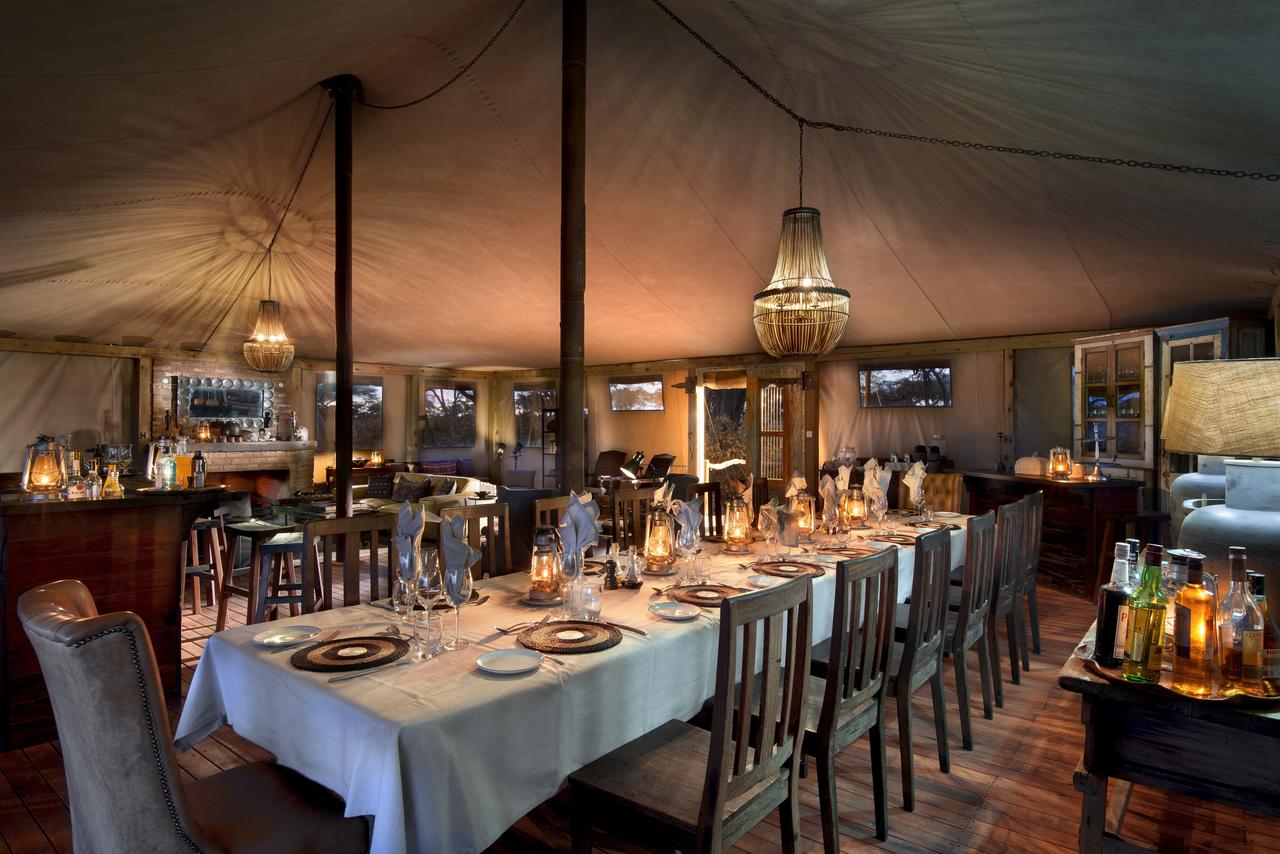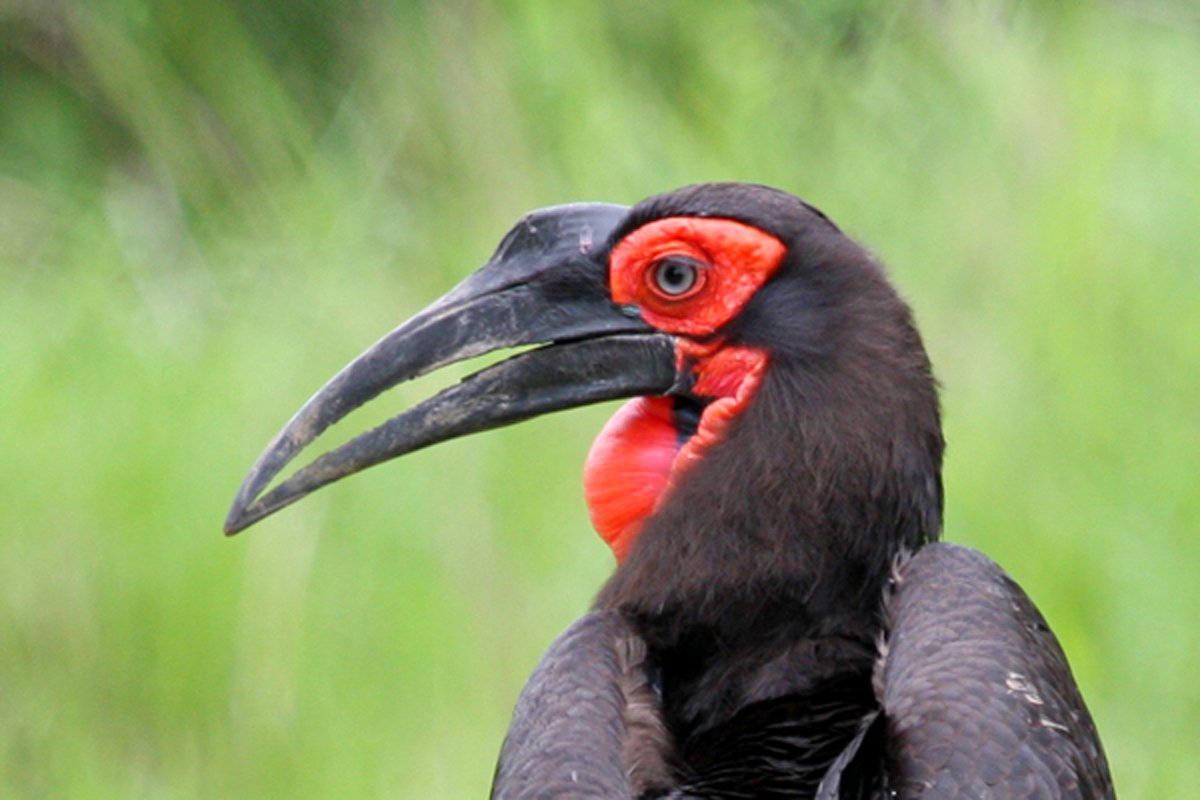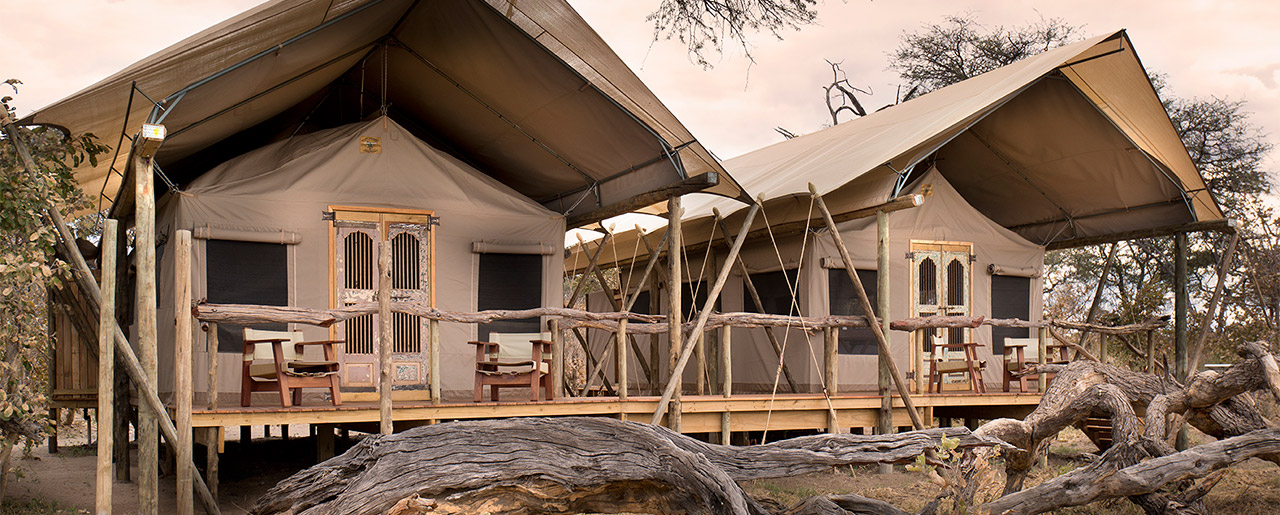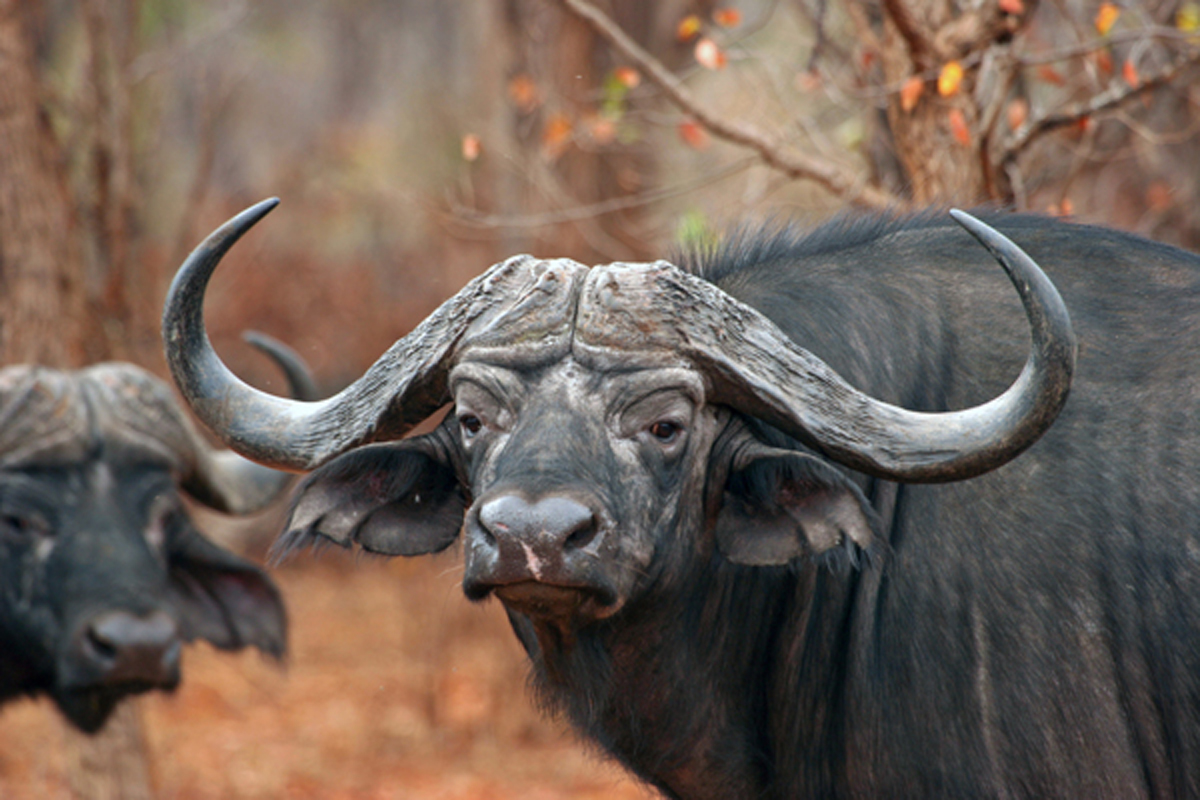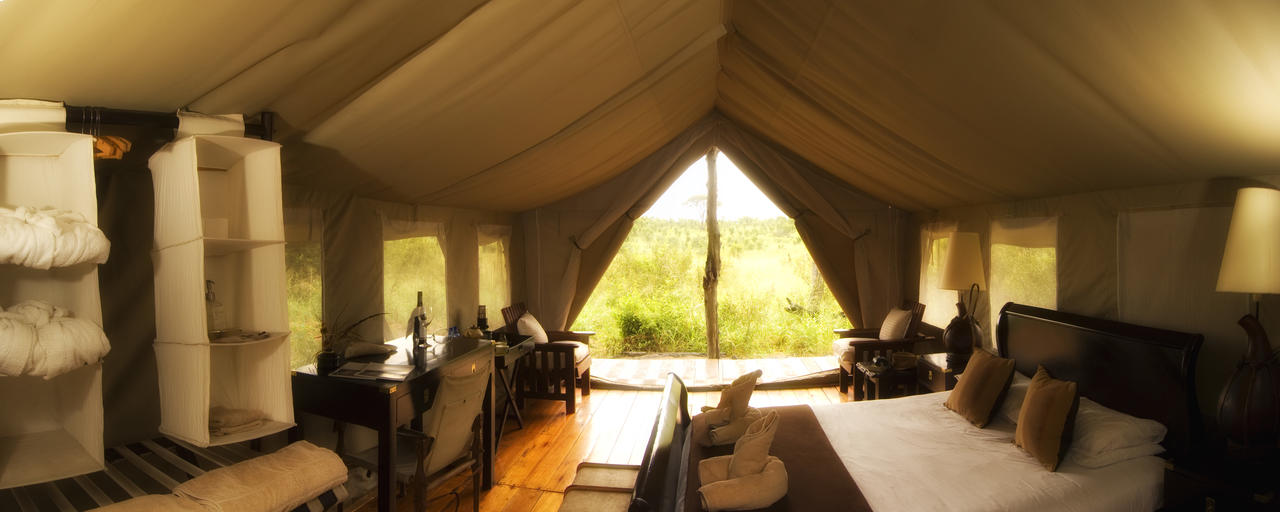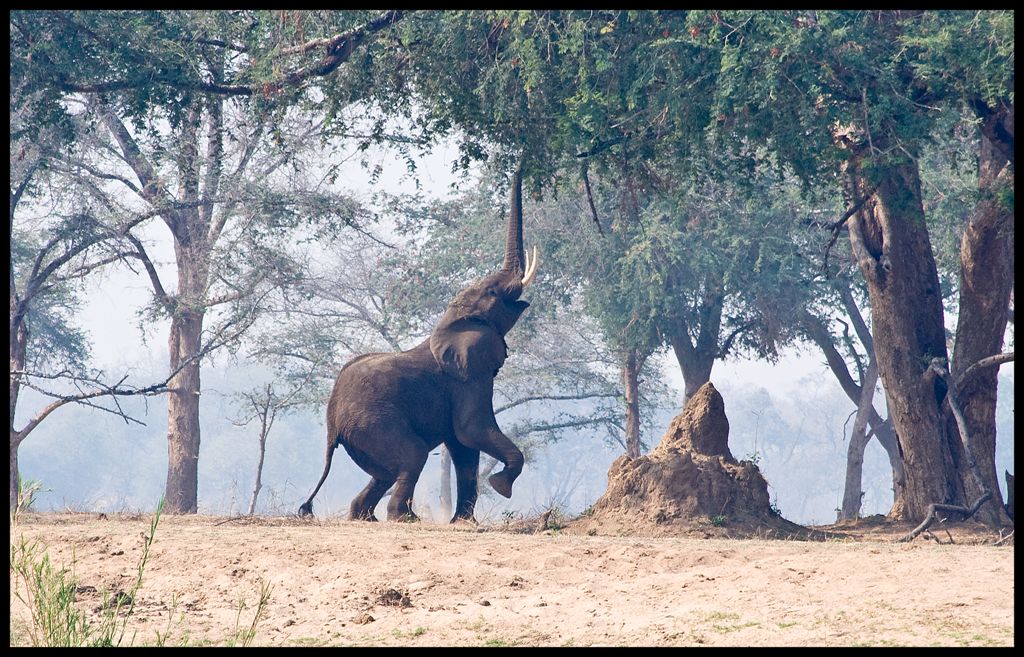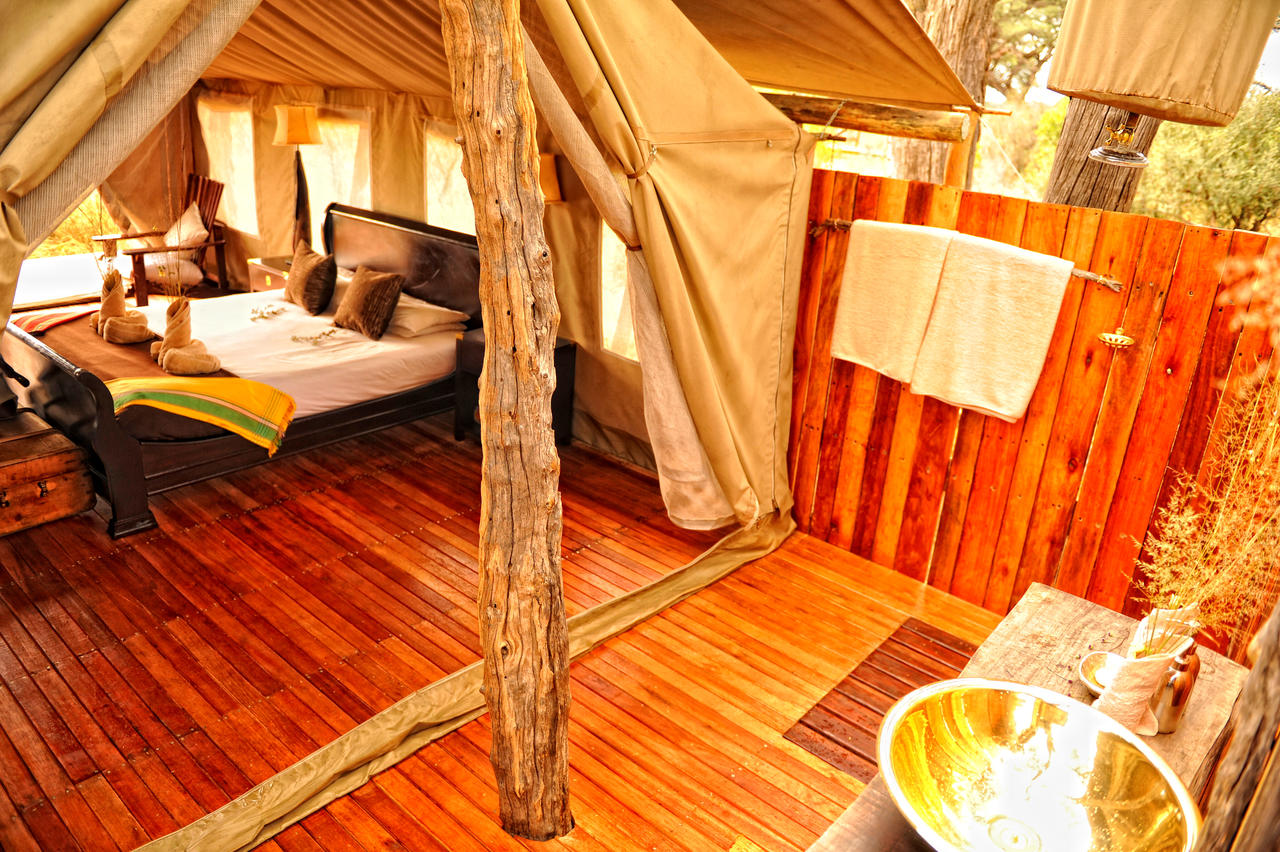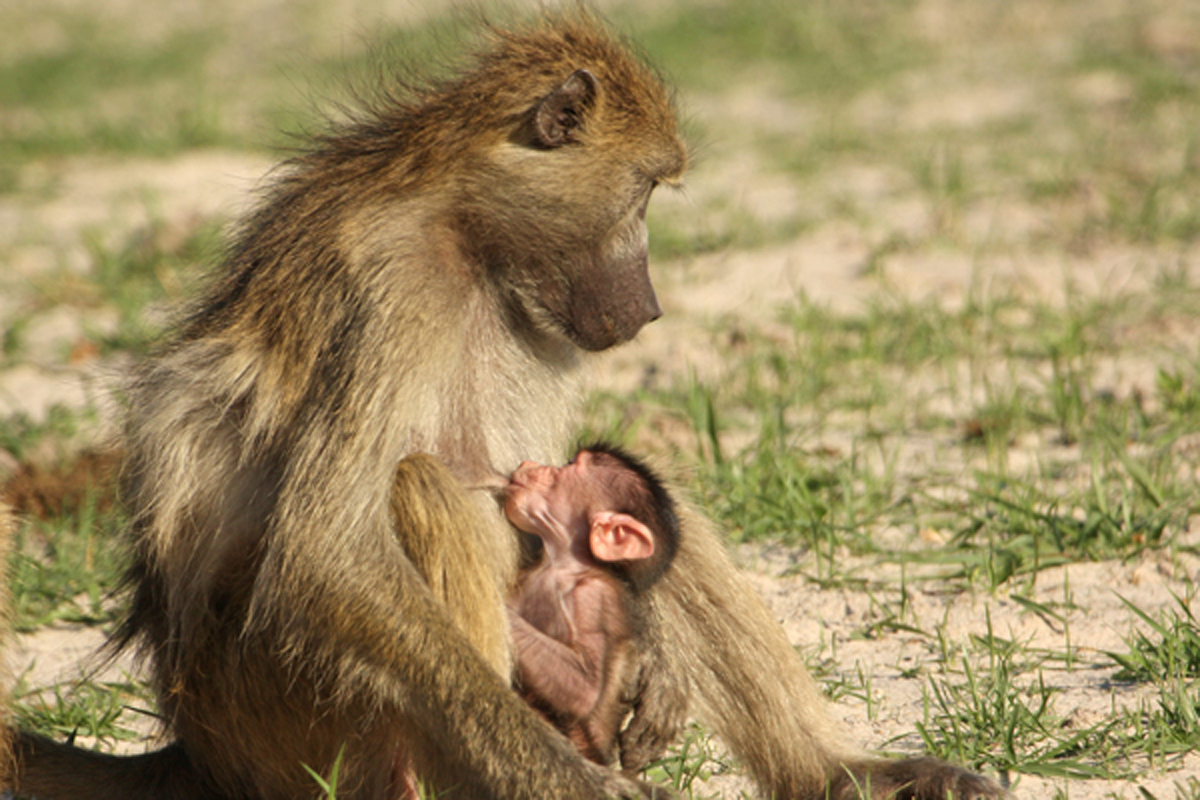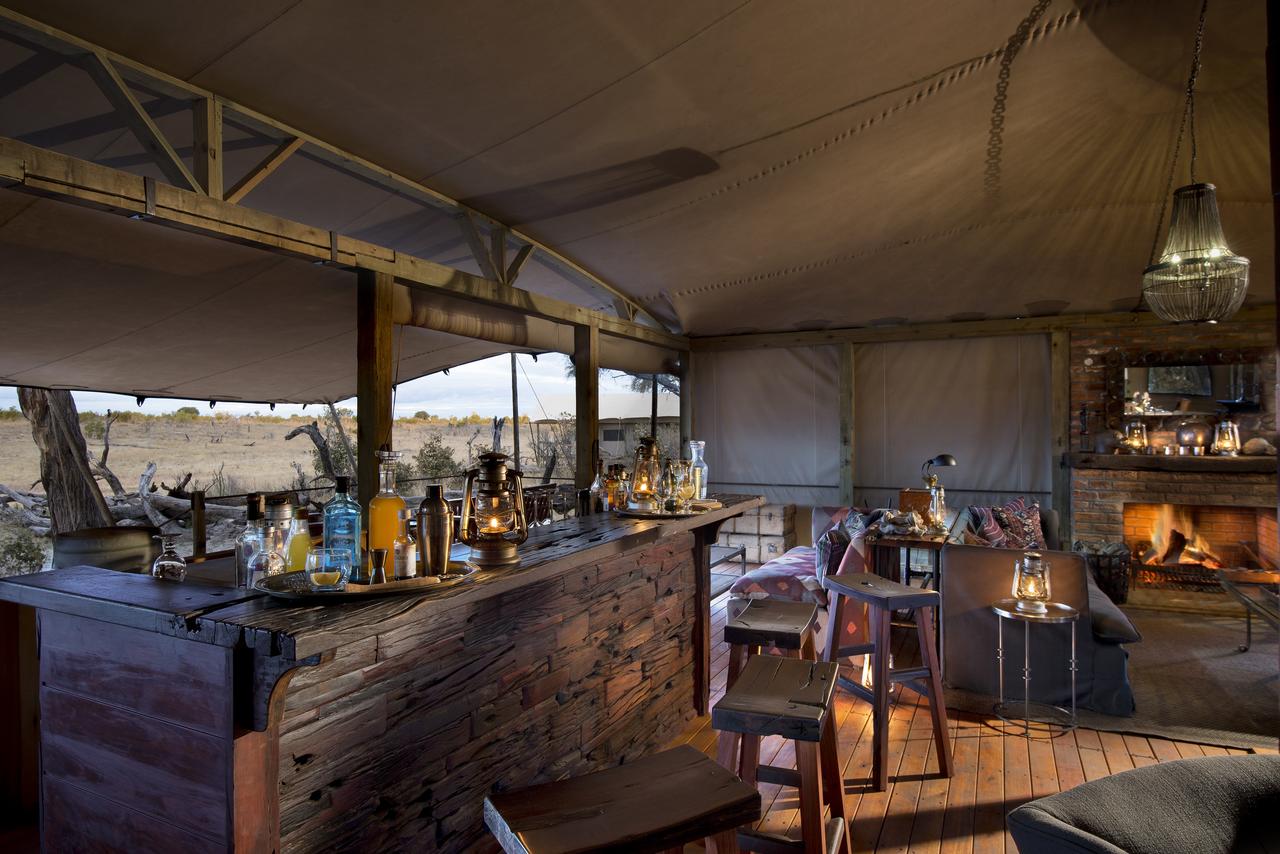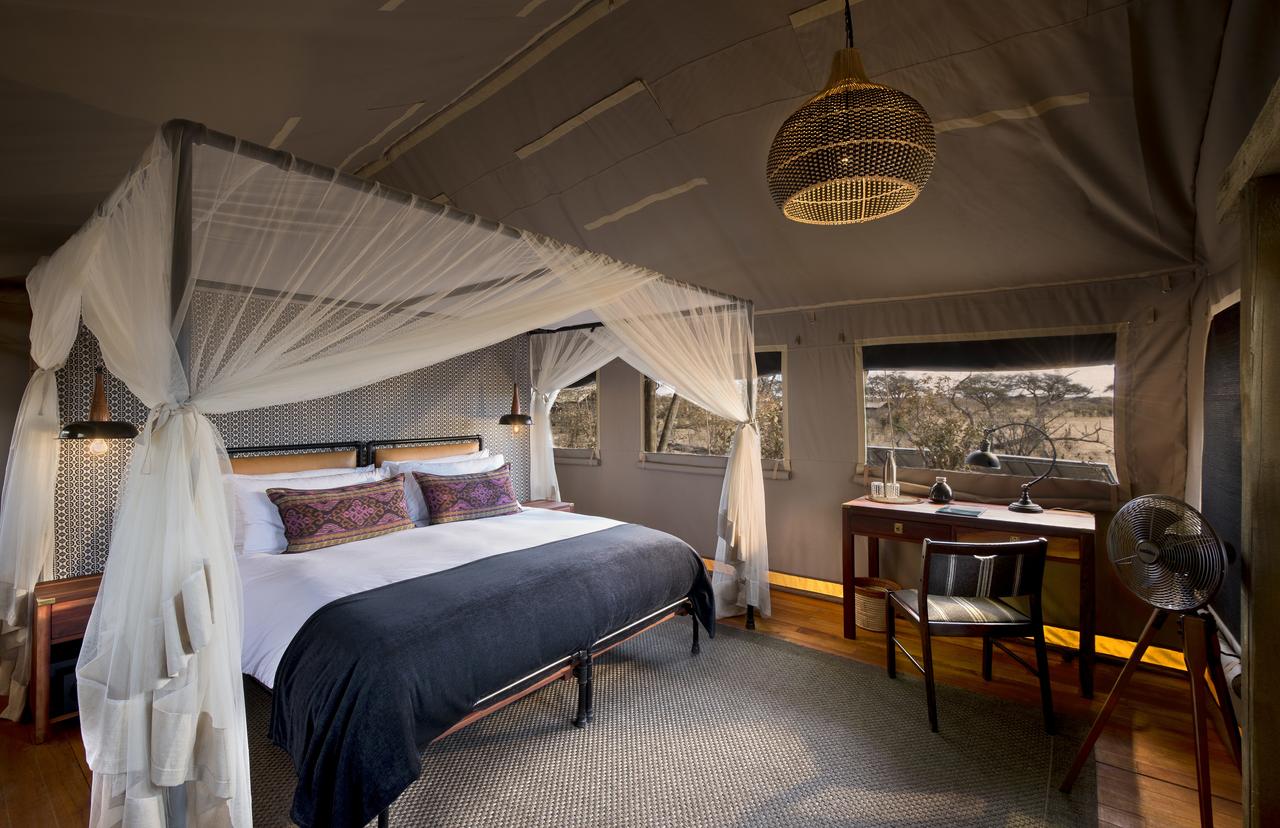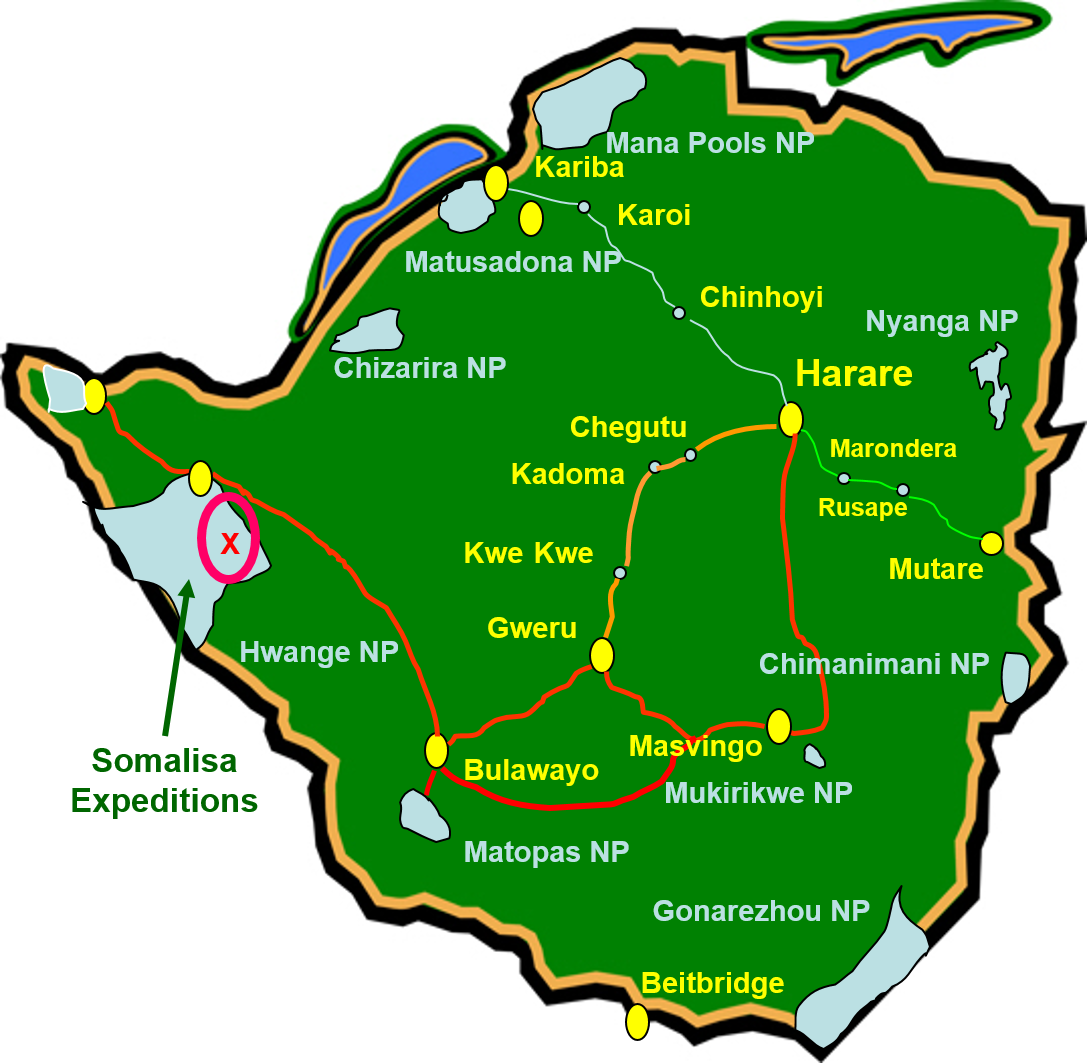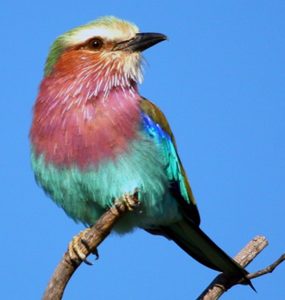Somalisa Expeditions
Situated in the North West of Zimbabwe in Hwange National Park
Somalisa Expeditions is a premium safari camp offering an authentic, safari experience in Hwange National Park. It is a sister camp to Somalisa Camp and Somalisa Acacia.
Somalisa Expeditions is located in the South – West of Hwange National Park which is also known as ‘the land of the giants’ because of its numerous elephant herds. As an exact replica of the original Somalisa Camp, Somalisa Expeditions offers one of the most authentic ways to experience this exceptional wildlife haven. Nestled under an incredible grove of Acacias, along the edge of a seasonal flood plain, and situated in the heart of Zimbabwe’s largest and ‘most loved’ national park. Somalisa Expeditions is an experience of the original, authentic safari experience in this part of the continent.
Somalisa Expeditions’ main area includes a lounge and dining area on raised decking which overlooks a small pool, which elephants have become habituated to drinking out of. Add to this, the water hole is frequently used as a ‘mud-bath’ and a popular rendezvous for the elephants. The close up encounters with elephants will provide numerous photographic opportunities with these majestic animals.
Consisting of six elegantly furnished, pristine Serengeti-style tents, each tent has en suite bathroom facilities including flush toilets and running water. Activities include guided walks lead by qualified and passionate guides who will share their knowledge and love of the bush with you, game drives and night drives. Wildlife sighting include elephant, kudu, sable antelope, zebra, wildebeest, gemsbok, the rare and endangered roan antelope, buffalo, giraffe, lion, leopard, hyena and many other wildlife species.
At A Glance

Accommodation
Somalisa Expeditions comprises:
- Six elegantly furnished, pristine Serengeti-style tents
- Each tent has en suite bathroom facilities including flush toilets and running water
- Very comfortable beds
- Fresh linen
Somalisa Expeditions’ main area includes a lounge and dining area on raised decking which overlooks a small pool, which elephants have become habituated to drinking out of. Add to this, the water hole is frequently used as a ‘mud-bath’ and a popular rendezvous for the elephants

Activities
Activities include:
- Morning and afternoon / evening game drives
- Walking safaris
- Bird watching
- Cultural tours of local villages
Zimbabwean guides are recognized as being amongst the most highly trained and knowledgeable in Africa. Walking safaris were perfected in Hwange and Somalisa Expedition’s guides offer guests the opportunity to view wildlife close up on foot.
From big game viewing to examining the lowly ant-lion, this is a unique and fascinating way to see Hwange. Game drives allow guests to cover vast distances and see the diversity of the park as well as come across a plethora of wildlife.
In addition to experiencing the park, guests are encouraged to sit and enjoy the game that moves through the area close to camp.

Air and Road
Scheduled Flights:
Guests can fly into Victoria Falls and transfers can be arranged. It is approximately a three and a quarter hour road trip, 232kms (145 miles) to Somalisa Expeditions Camp.
Somalisa Expeditions Camp is a little over an hours drive from Hwange Main Camp.
Alternatively guests can fly into Bulawayo and it is approx four and a half hours, 349 kms (218 miles) by road to Somalisa Expeditions Camp. Guests can do self drive or a transfer can be arranged for a fee.
Guests can drive to Somalisa Expeditions Camp but off the main roads a 4WD is definitely recommended.
Light Aircraft:
Manga Airstrip: Situated in the heart of Hwange National Park. It is only a 30 minute drive from Somalisa Private Concession where Somalisa Expeditions, Somalisa Camp and Somalisa Acacia are located.
Hwange Airport: It is only a 35 minute flight between Victoria Falls Airport and Hwange National air field. Somalisa Camp is 150 kms (94 miles) or approximately 2 hours and 20 minutes from Hwange airport. Transfers can be arranged
Transfers:
Victoria Falls Airport is approximately 22 kms out of Victoria Falls Town and 232 kms (145 miles) from Somalisa Camp. Pick ups from the airport can be arranged by Somalisa Expeditions or with local transfer companies at an additional cost.
Guests can fly into Bulawayo and it is approx four and a half hours, 349 kms (218 miles) by road to Somalisa Camp. Guests can do self drive or a transfer can be arranged for a fee.

Distances
Victoria Falls Town to Somalisa Camp 254 kms (159 miles)
Victoria Falls Airport to Somalisa Camp 232kms (145 miles)
Livingstone Airport to Victoria Falls Town 20.6 kms (13 miles)
Livingstone airport to Somalisa Camp 271 kms (170 miles)
Hwange Airport to Somalisa Camp 150 kms (94 miles)
Bulawayo – Hwange 337 kms (210.63 miles)
Hwange – Somalisa Camp 63.2 kms (39.5 miles)
Hwange – Victoria Falls Town 102 kms (64 miles)
Bulawayo – Somalisa Camp 349 kms (218 miles)
Bulawayo – Victoria Falls Town 438 kms (274 miles)
Harare – Victoria Falls 878 kms (548.75 miles)
Harare – Somalisa Camp 616 kms (386 miles)
Kariba – Victoria Falls Town 778 kms (486 miles)
Kariba – Somalisa Camp 686 kms (429 miles)
Gweru – Somalisa Camp 448 kms (280 miles)
Bulawayo – Matopas 35 kms (22 miles)
Bulawayo – Beitbridge 320 kms (200 miles)
Bulawayo – Harare 440 kms (274 miles)
Bulawayo – Kariba 803 kms (502 miles)

Hwange National Park
Hwange National Park (formerly called Wankie National Park) was founded in 1928 and set aside as a National Park in 1929. It was named after a local Nhanzwa chief.
Hwange became the royal hunting grounds to the Ndebele warrior-king Mzilikazi in the early 19th Century.
Hwange is the largest Park in Zimbabwe occupying approximately 14 650 square kilometers. It is located in the northwest of the country about one hour south of the town of Victoria Falls.
Hwange boasts a tremendous selection of wildlife with over 100 species of mammals and nearly 400 bird species recorded. The elephants of Hwange are world famous and the Park’s elephant population is one of the largest in the world. The Park has three distinctive Camps and administrative offices at Robins, Sinamatella and the largest one at Main Camp.
Hwange has two main seasons, one hot and wet season starting in mid November and ending in mid April. This is the season for migratory birds in Hwange ranging from the inter-African migrants like the Southern Carmine Bee-eater to the Palearctic Migrants like the Amur Falcons and the Ruff. The number of bird species found in Hwange exceeds 400 and this is largely due to migrants that take advantage of the huge numbers of insects and favourable conditions during the wet season.
The second season in the cold and dry season starting off in about mid April and ending when the rains break in mid November. The low temperatures occur for a brief period in May/June and July and then it remains dry but get progressively warmer as the season progresses. Summer temperatures can reach into the 40s whilst winter overnight lows can be in the minuses but normally for only short periods. Hwange is on the edge of the Kalahari desert and as such we see a number of desert specialist birds in this dry period such as Sand grouse, Coursers and Nightjars.

Wildlife
Animals: The Dry season (from July to October) is the best time for game viewing when animals gather around predictable water resources.
Animals include: Lion, Elephants, Hyena, Giraffes, Kudu, Sable Roan, Cheetah, Leopard Hippos, Buffalo, Zebra, Wildebeest, Wild Dogs, Hartebeest, Baboon, Impala, Warthog, Pangolins, Vervet monkeys.
Birds: Over 400 species have been recorded in Hwange which has the largest occurrence of birds in Zimbabwe.
Migratory birds are present from November to April. There are two main birding areas: the one around Main Camp and one to the north of the Park, around Robins and Sinamatella Rest Camps. Both areas are linked by a network of roads which take visitors through a variety of habitats, including many waterholes that attract large numbers of animals and birds.
Birds include: Ground Hornbill, Yellow Hornbill, Lilac Breasted Roller, Spur-winged Goose, Rufous-naped Lark, Red-billed Spurfowl, Bronze-winged Courser, Sandgrouse, Yellow-crimson Breasted Shrike, Kestrel, African Hobby, Kori Bustard, Yellow Billed Kite, Cape Griffon Vulture, Carmine Bee-eater, Martial Eagle, Pearl spotted Owlet, Swallow Tailed Bee Eater, Arnot’s Chat, Racket-tailed Roller, Crimson-breated Shrike, Red-creasted Korhaan, Secretary Bird, Kalahari scrub Robin etc

Hwange Weather
Hwange National Park weather

Weather
Monthly Averages:
- January 26°C
- February 25°C
- March 25°C
- April 23°C
- May 22°C
- June 23°C
- July 22°C
- August 23°C
- September 26°C
- October 30°C
- November 31°C
- December 31°C
Summer highs can reach 38° to 40°c
Winter lows can reach 5° to 8°c
“We have travelled all over Africa and stayed at many safari camps. The service, quality of food, and guides at this camp matched and even surpassed many 5 star properties we have stayed. The camp itself is beautiful designed (I loved the decor of the tents), with all the comforts (comfy beds, running hot/cold water, etc.) while still maintaining the charms and intimate atmosphere that comes with a small tented camp. I really think the beauty of this camp lies in it’s simplicity….“
“I could not say enough about our stay at Somalisa! The staff was wonderful! Our host Dophas made camp life so much fun and he truly put his heart into making a magical experience for our family. Our guide Robert was so knowledgeable and truly cared about creating the most FANTASTIC safari experience! All of the staff at the camp were so warm and friendly. The camp was beautiful, the food was lovely, the scenery was spectacular.”
“I spent a week…at Somalisa Expedition Camp. I would recommend it to anybody that want a true African experience with nice tents, nice food and wonderful people. They have amazing guides and the attention in the camp is wonderful, their location is unbeatable. 6 people max in their vehicles which is a must.. The tents have all the commodities:comfortable beds, flush toilets, hot water, outdoors shower which is a wonderful experience. Food is varied and it catered to everyone in the group.”
“My best friend … and I spent 5 nights here….It is a lovely tented camp on decking with all the first class luxury you could wish for in a safari camp.The hostess was very professional but very caring and had a beautiful manner. The food was delicious and I loved the traditional long safari table. It meant that we could meet all the other fabulous guests and share all our experiences of the day. We had indeed many to share as on our stay we saw leopard five times, Bubhesi the male lion 3 times and the pride of 11 lions and not to forget a glorious number of elephants”

